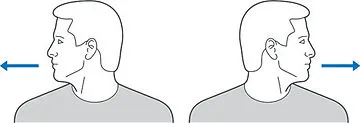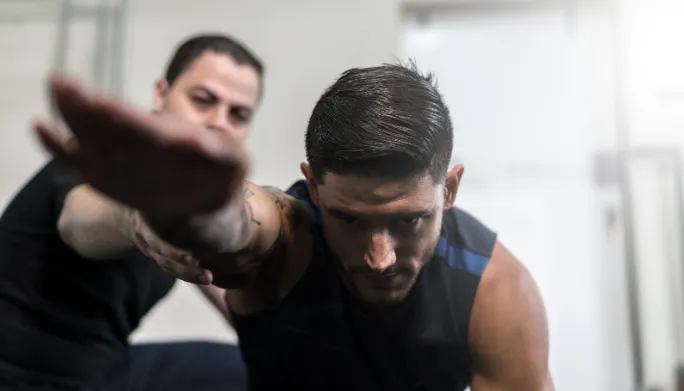Neck Mobility Creates A Lot of Headaches For A Lot of Golfers
The neck is one of the most under-looked places – or in other words, it’s forgotten about by most golfers unless they’re presently having neck pain or a kink in the neck.
Limited neck rotation can create many problems for the average golfer and it can lead to a lot of different “swing faults” – or “bad” golf swing tendencies (watch this video for more information).
Frankly, the neck is going to determine a lot of what’s going to happen in your golf swing – and there is a lot of bad advice out there to do “this” and to do “that” in your golf swing that will create PROBLEMS for your swing and for your neck. An example of this is the idea of “keep your head down and keep it still” in your golf swing. “Don’t let your head move”. This will likely create other problems in the swing and will likely lead to neck injuries.
In case you haven’t heard, we have a FREE golf flexibility workshop coming up tomorrow – July 20th (Thursday) at 6pm. This will be a 2 hour workshop talking about all things flexibility related with the golf swing and practical ways that you can improve your own flexibility for your swing. You can register your spot here.
TESTING NECK Range of motion
To check your flexibility of your neck, simply sit in a chair, turn your head as far as you can to your left, keeping your mouth closed, can you touch your chin to the middle part of your collarbone? Then test the right side. Do you pass this test? Check this blog article to see!

Essentially, are you able to turn your head 70 degrees to the left and to the right? Be honest! This is a common area for people to feel their neck tighten up, or feel like it gets stuck/kinked from going any further. This test can really expose whether you have a problem with your backswing or into your downswing with how well you can rotate (turn) your neck.
Right versus left, the most important direction to pass in this rotational center is whichever side allows you to see the ball in your backswing (for right handed players, this is left neck turn mobility, and the opposite for left handed players).
If you have trouble with this test, this is a big deal for longevity as a golfer. Lacking mobility here can lead to lower back injuries as well because of compensations that will likely happen in your golf swing.
This test, however, is the test that is PASSED by the majority of golfers. If you have problems here, they need to be addressed before it leads to an injury or a bad swing pattern that is very hard for you to get out of.
what can we do to improve our neck mobility?
We will likely need to look back at the thoracic spine and shoulders. We need to be able to expand our ribcage well with our breath. Yes, you read that right. It may seem strange, but a really rigid ribcage will impact how well the spine can turn and it will affect how well your neck can turn as a result since A LOT of muscles from the upper back connect to the neck vertebrae in some way or another.


